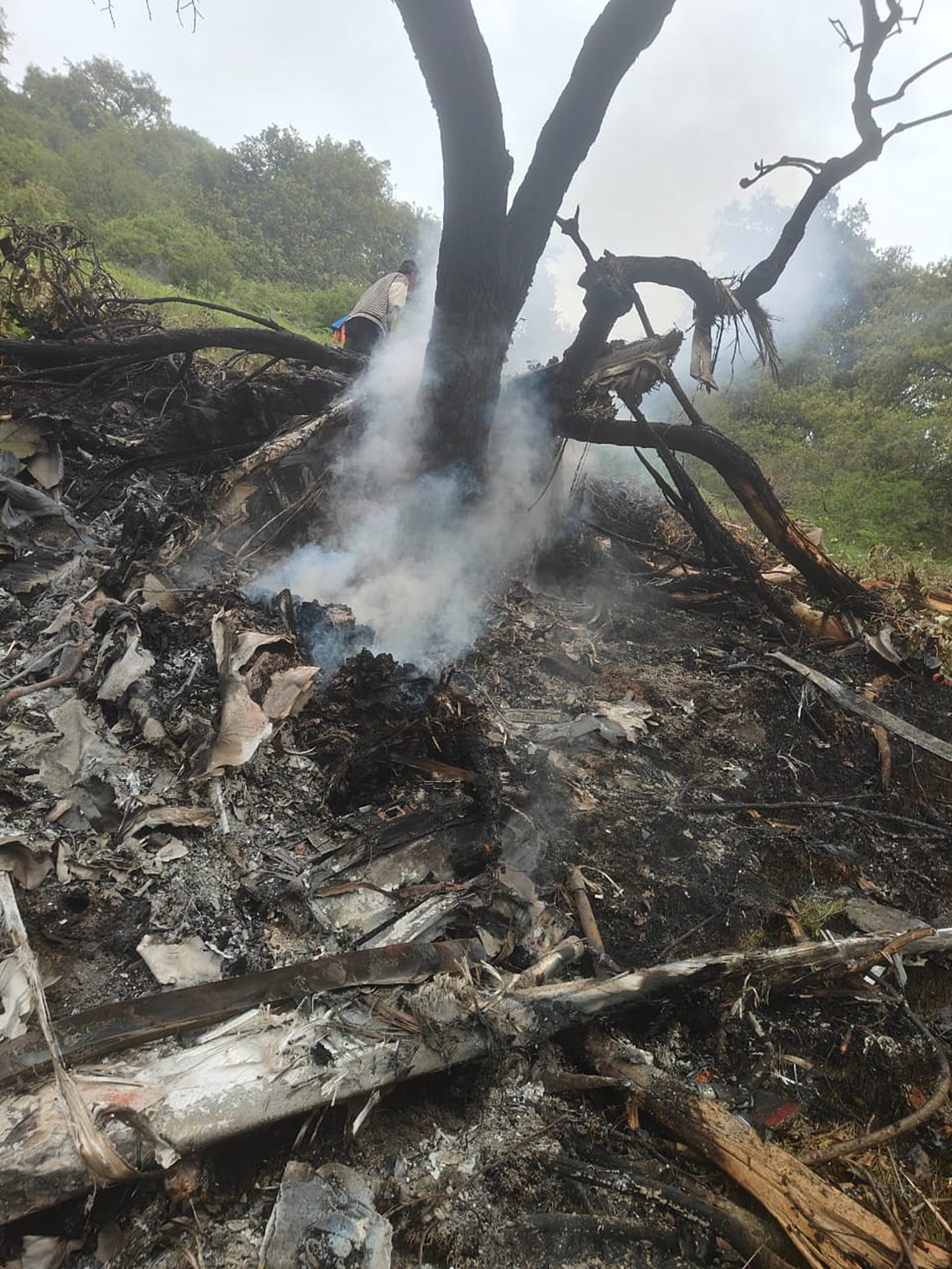ARTICLE AD BOX
On October 18, 2022, a helicopter owned by Aryan Aviation took off from Kedarnath with six passengers and a pilot, crossed Garud Chatti, and crashed after impact with a ridge, leaving no survivors. On Sunday, another helicopter, this too a Bell 407, crashed near Gaurikund, killing seven people.
The Aircraft Accident Investigation Bureau, which probed the 2022 crash, had made recommendations in November 2023 to the Uttarakhand Civil Aviation Development Authority (UCADA) and the Directorate General of Civil Aviation (DGCA) to prevent such incidents.
The accident was eerily similar to Sunday’s crash. At 11:38 am on October 18, 2022, the chopper took off from Kedarnath for Guptkashi with six passengers. According to the statement of another pilot, he did not hear the take-off call from the helicopter as he crossed Garud Chatti and attempted to call the crew on radiotelephony, but received no response.
“The weather was reported to be deteriorating and clouds descending. As the clouds cleared after some time, smoke was observed rising near Garud Chatti by witnesses from the helipad. As per witnesses, the helicopter had impacted the ridge near Garud Chatti in less than a minute after take-off,” the report stated.
In its report, the AAIB stated that the UCADA should establish an Aviation Meteorological Station, manned by experts, at Kedarnath to provide more accurate weather updates to operators flying into the area. This was because the Meteorological station from which the weather information was collected was Dehradun Airport.
 Debris of the helicopter that crashed near Gaurikund on Sunday morning. (Express Photo)
Debris of the helicopter that crashed near Gaurikund on Sunday morning. (Express Photo)
The UCADA was also asked to set up an Air Traffic Control at Kedarnath for better monitoring of operations. It also recommended that the DGCA ensure adequate CCTV coverage in operational areas at Kedarnath helipad and verify the availability of recordings during all audits and surveillance. The AAIB also noted that the helipad is equipped with CCTV cameras; however, on the day of the accident, the cameras were reportedly unserviceable, and no footage facing the helipad was made available to the AAIB by UCADA.
The Kedarnath helipad still lacks navigation aids and an Air Traffic Control (ATC) facility. VHF communication was used by the operator and pilots to communicate. It still is.
Story continues below this ad
UCADA CEO, Sonika, Monday told the media that there are 14 cameras for weather monitoring and the pilot has an app for weather updates. “We have a mini weather station in the area apart from the real-time update system. The weather changes quickly, and so do cloud formations,” she said, adding that they have written to the central government to check the feasibility of setting up ATC in the region.
Flying in the valley is dependent on the radiotelephony calls made by the operating pilots, including call-outs made for weather updates. There is no procedure for readback or to ensure that all the pilots operating in the region received the RT call.
“Hence, this system itself is not foolproof, and there is always a chance of someone missing the RT call made by any pilot. The same could have been the case in the subject accident, wherein the pilot who had just taken off before VT-RPN (the helicopter that crashed) stated that he gave a call out on RT regarding the prevailing weather just after he took off from Kedarnath Helipad. If that was the case, then the deceased pilot could have received the RT call and may have acted according to the reported weather conditions, or if he had heard the call and still decided to take off reflects that the pilot operates at their discretion and there is no control of the traffic,” the report said.
The report suggested that the DGCA ensure that helipads at shrines, such as Kedarnath, which experience a high number of sorties and passenger loads daily, are licensed and that the helipad operator is individually responsible for the safety and security of helipad operations.
Story continues below this ad
In the findings, after the probe into the fragments of the helicopter, the AAIB noted that the main rotor blades and hub, tail rotor drive system and tail rotor assembly, flight controls, hydraulic servos, landing gear, and fuel system showed little evidence of pre-crash anomalies. “There was no evidence of engine fire, failure or malfunction before initial impact. All available evidence is consistent with normal engine operation and power delivery up until the aircraft impacted terrain,” it said.
It further said that in the absence of a Met facility in the valley, “everything is dependent on the individual pilot’s perception”. “With frequent changes in weather conditions in the valley, this procedure of total dependency on pilots’ perception cannot be relied upon every time. Further, in the SOP, it is mentioned that there should be personnel from each operator who man the Kedarnath helipad and provide weather updates to the respective pilots. The operators have their personnel manned at Kedarnath helipad; however, these personnel are not MET experts, they are the ground handlers who are used mainly for assisting in boarding/deboarding of passengers. They just visually observe the weather as far as they can observe in the valley and report it to the pilot. Hence, it is not sufficient to rely on these personnel to give a correct weather update, which is a specialised task,” the report said.



.png)
.png)
.png)

























 English (US) ·
English (US) ·